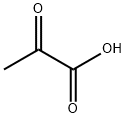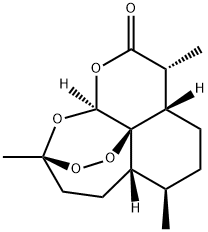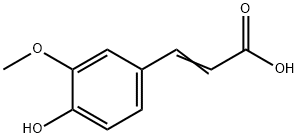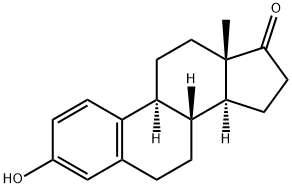4-PHENYLENEDIACRYLIC ACID
- CAS NO.:16323-43-6
- Empirical Formula: C12H10O4
- Molecular Weight: 218.21
- MDL number: MFCD00002698
- EINECS: 240-399-0
- SAFETY DATA SHEET (SDS)
- Update Date: 2024-12-18 14:15:30
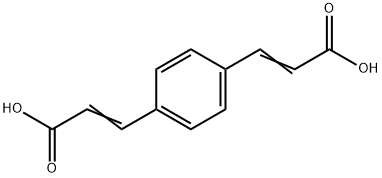
What is 4-PHENYLENEDIACRYLIC ACID?
Chemical properties
YELLOW POWDER
General Description
Yellow powder or solid.
Air & Water Reactions
Insoluble in water.
Reactivity Profile
1,4-PHENYLENEDIACRYLIC ACID is a carboxylic acid. Carboxylic acids donate hydrogen ions if a base is present to accept them. They react in this way with all bases, both organic (for example, the amines) and inorganic. Their reactions with bases, called "neutralizations", are accompanied by the evolution of substantial amounts of heat. Neutralization between an acid and a base produces water plus a salt. Carboxylic acids with six or fewer carbon atoms are freely or moderately soluble in water; those with more than six carbons are slightly soluble in water. Soluble carboxylic acid dissociate to an extent in water to yield hydrogen ions. The pH of solutions of carboxylic acids is therefore less than 7.0. Many insoluble carboxylic acids react rapidly with aqueous solutions containing a chemical base and dissolve as the neutralization generates a soluble salt. Carboxylic acids in aqueous solution and liquid or molten carboxylic acids can react with active metals to form gaseous hydrogen and a metal salt. Such reactions occur in principle for solid carboxylic acids as well, but are slow if the solid acid remains dry. Even "insoluble" carboxylic acids may absorb enough water from the air and dissolve sufficiently in 1,4-PHENYLENEDIACRYLIC ACID to corrode or dissolve iron, steel, and aluminum parts and containers. Carboxylic acids, like other acids, react with cyanide salts to generate gaseous hydrogen cyanide. The reaction is slower for dry, solid carboxylic acids. Insoluble carboxylic acids react with solutions of cyanides to cause the release of gaseous hydrogen cyanide. Flammable and/or toxic gases and heat are generated by the reaction of carboxylic acids with diazo compounds, dithiocarbamates, isocyanates, mercaptans, nitrides, and sulfides. Carboxylic acids, especially in aqueous solution, also react with sulfites, nitrites, thiosulfates (to give H2S and SO3), dithionites (SO2), to generate flammable and/or toxic gases and heat. Their reaction with carbonates and bicarbonates generates a harmless gas (carbon dioxide) but still heat. Like other organic compounds, carboxylic acids can be oxidized by strong oxidizing agents and reduced by strong reducing agents. These reactions generate heat. A wide variety of products is possible. Like other acids, carboxylic acids may initiate polymerization reactions; like other acids, they often catalyze (increase the rate of) chemical reactions.
Fire Hazard
Flash point data for 1,4-PHENYLENEDIACRYLIC ACID are not available; however, 1,4-PHENYLENEDIACRYLIC ACID is probably combustible.
Properties of 4-PHENYLENEDIACRYLIC ACID
| Melting point: | >300 °C(lit.) |
| Boiling point: | 318.88°C (rough estimate) |
| Density | 1.358 |
| refractive index | 1.7160 (estimate) |
| storage temp. | Sealed in dry,Room Temperature |
| pka | -95.84±0.10(Predicted) |
| form | powder to crystal |
| color | White to Light yellow |
| BRN | 2579464 |
| CAS DataBase Reference | 16323-43-6(CAS DataBase Reference) |
| EPA Substance Registry System | p-Phenylenediacrylic acid (16323-43-6) |
Safety information for 4-PHENYLENEDIACRYLIC ACID
| Signal word | Warning |
| Pictogram(s) |
 Exclamation Mark Irritant GHS07 |
| GHS Hazard Statements |
H315:Skin corrosion/irritation H319:Serious eye damage/eye irritation H335:Specific target organ toxicity, single exposure;Respiratory tract irritation |
| Precautionary Statement Codes |
P261:Avoid breathing dust/fume/gas/mist/vapours/spray. P304+P340:IF INHALED: Remove victim to fresh air and Keep at rest in a position comfortable for breathing. P305+P351+P338:IF IN EYES: Rinse cautiously with water for several minutes. Remove contact lenses, if present and easy to do. Continuerinsing. P405:Store locked up. |
Computed Descriptors for 4-PHENYLENEDIACRYLIC ACID
New Products
(S)-3-Aminobutanenitrile hydrochloride 4-Methylphenylacetic acid N-Boc-D-alaninol N-BOC-D/L-ALANINOL Tert-butyl bis(2-chloroethyl)carbamate 3-Morpholino-1-(4-nitrophenyl)-5,6-dihydropyridin- 2(1H)-one Furan-2,5-Dicarboxylic Acid Tropic acid 1-Bromo-3,5-Di-Tert-Butylbenzene S-2-CHLORO PROPIONIC ACID ETHYL ISOCYANOACETATE 2-Bromo-1,3-Bis(Dimethylamino)Trimethinium Hexafluorophosphate 4-IODO BENZOIC ACID 3-NITRO-2-METHYL ANILINE 1-(2,4-DICHLOROPHENYL) ETHANAMINE (2-Hydroxyphenyl)acetonitrile 4-Bromopyrazole 2-(Cyanocyclohexyl)acetic acid 4-methoxy-3,5-dinitropyridine 1-(4-(aminomethyl)benzyl)urea hydrochloride 2-aminopropyl benzoate hydrochloride diethyl 2-(2-((tertbutoxycarbonyl)amino) ethyl)malonate tert-butyl 4- (ureidomethyl)benzylcarbamate Ethyl-2-chloro((4-methoxyphenyl)hydrazono)acetateRelated products of tetrahydrofuran
You may like
-
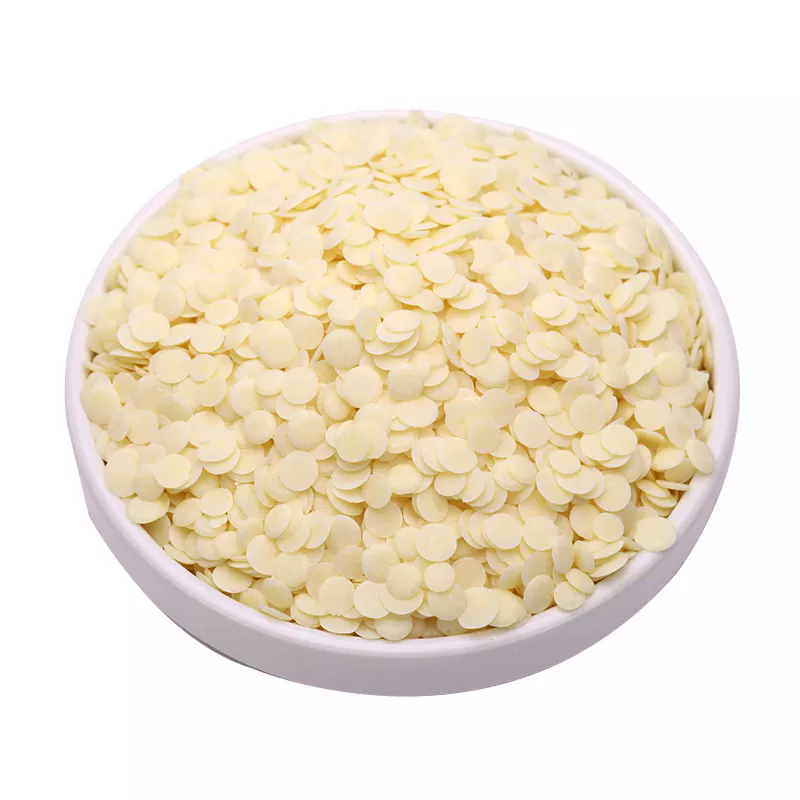 16323-43-6 1,4-Benzenediacrylic acid-98% 99%View Details
16323-43-6 1,4-Benzenediacrylic acid-98% 99%View Details
16323-43-6 -
 1,4-Benzenediacrylic acid CAS 16323-43-6View Details
1,4-Benzenediacrylic acid CAS 16323-43-6View Details
16323-43-6 -
 1,4-Phenylenediacrylic Acid CAS 16323-43-6View Details
1,4-Phenylenediacrylic Acid CAS 16323-43-6View Details
16323-43-6 -
 1,4-Phenylenediacrylic acid CAS 16323-43-6View Details
1,4-Phenylenediacrylic acid CAS 16323-43-6View Details
16323-43-6 -
 1975-50-4 98%View Details
1975-50-4 98%View Details
1975-50-4 -
 2-HYDROXY BENZYL ALCOHOL 98%View Details
2-HYDROXY BENZYL ALCOHOL 98%View Details
90-01-7 -
 14714-50-2 (2-Hydroxyphenyl)acetonitrile 98+View Details
14714-50-2 (2-Hydroxyphenyl)acetonitrile 98+View Details
14714-50-2 -
 118753-70-1 98+View Details
118753-70-1 98+View Details
118753-70-1
